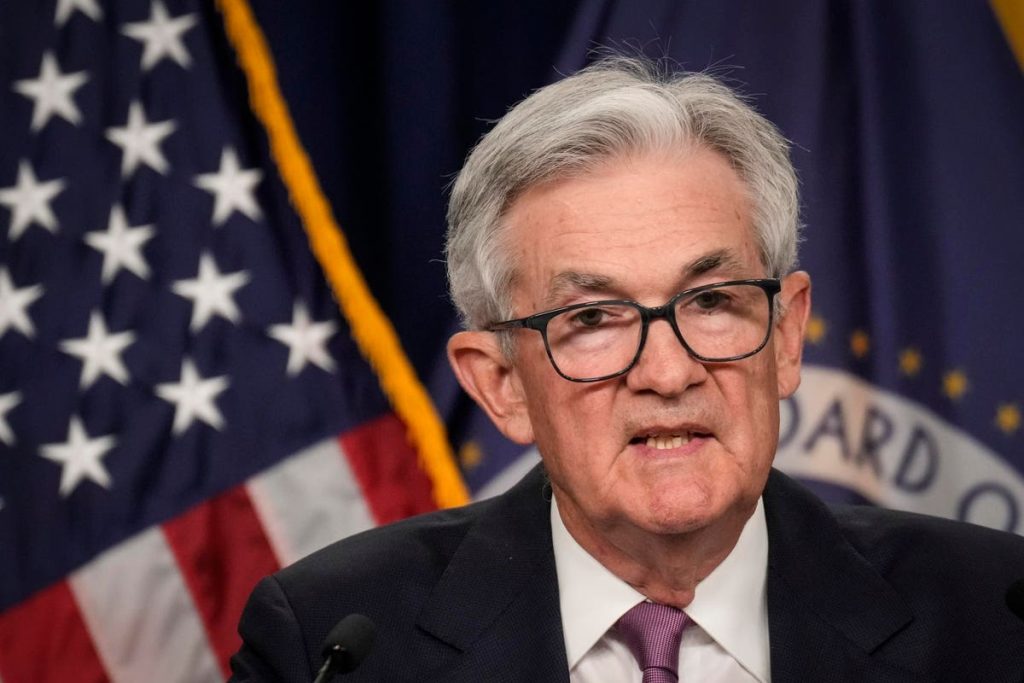The Federal Open Market Committee (FOMC) on Wednesday, June 14, opted to hold off on an interest rate hike in June after 10 consecutive months of increases. However, the FOMC signaled that the Fed is leaning toward raising them again in July if inflation persists.
Recent indicators suggest that economic activity has continued to expand at a modest pace. Job gains have been robust in recent months, and the unemployment rate has remained low. Meanwhile, inflation remains elevated.
The FOMC aims to achieve both maximum employment and an inflation rate of 2% over the long run. To pursue these goals, the Committee decided to maintain the target range for the Federal Funds Rate at 5 to 5.25%, a 16-year high. Officials approved the rate decision unanimously. Holding the target range steady at this meeting enables the Fed to assess additional information and its implications for monetary policy.
In determining the extent of additional policy firming that may be appropriate to return inflation to 2% over time, the Committee takes into account the cumulative tightening of monetary policy, the lags with which monetary policy affects economic activity and inflation, and economic and financial developments.
FOMC assesses a wide range of information, including readings on labor market conditions, inflation pressures and inflation expectations, and financial and international developments.
“I would almost say that the conditions that we need to see in place to get inflation down are coming into place,” said Fed Chairman Jerome Powell during his press conference in Washington, DC, on Wednesday, June 14. Chair Powell also said that the FOMC has not yet made a decision regarding a rate hike in July.
“There is a path to getting inflation back down to 2% without having to see the kind of sharp downturn and large losses we’ve seen in the past,” Chair Powell said. “The committee is completely unified in the need to get inflation down to 2%, and we’ll do whatever it takes to get it down to 2%. Over time, that is our plan.”
The Fed Chair said allowing inflation to get entrenched into the U.S. economy is “the thing that we cannot allow to happen for the benefit of today’s workers and families, businesses but also for the future.”
“Getting price stability back and restored, will benefit generations of people,” he added. “Understand that that is our top priority.”
Chair Powell said that nearly all committee participants anticipate that some further rate increases will be appropriate this year.
“It may make sense for rates to move higher but at a more moderate pace, but we have made no decision about a hike or pause at the July meeting,” Powell said.
Borrowing Challenges for Small Businesses
The Federal Reserve maintained the Federal Funds Rate low for nearly a decade before the COVID pandemic hit and they were near zero immediately after the pandemic until March 2022. Since that time, the central bank raised the rate at every meeting until now. This year, the increases became smaller and raised the rates by 25 bps in March, April and May.
The steady series of rate hikes has brought interest to about 12% for the popular SBA 7(a) loans. Increasingly high interest rates negatively impact small businesses’ cash flow since most small business loans come are variable rate loans. Thus, borrowing costs increase, which impacts cash flow, as well as the ability to borrow for growth or to hire workers in an extremely tight labor market.
Bank loan term loans usually come at lower rates than SBA loans. As of today, the Prime Lending Rate is 8.25%. However, we have seen that banks are declining more than 8-in-10 funding requests, according to the latest Biz2Credit Small Business Lending Index (May 2023 figures) released last week. Credit union approval percentages are even lower than those of banks.
Right now, alternative lenders are the most willing to lend. However, even these non-bank lenders are providing capital to only 28.9% of applicants. From 2012 until July 2016, the approval rates were twice as high, peaking at 67.3% in December 2013.
Thus, the challenge for small businesses at the moment is whether or not to borrow now. Banks and other lenders are not granting loan requests as often as they did in the pre-pandemic past. Further, when they do approve loans, the cost of capital is significantly higher than it was for much of the previous decade.
Small business owners face two choices. The first is to put off growth plans, postpone replacing old equipment, and refrain from hiring at high wage rates. The other option is to borrow now at a variable rate in anticipation of an eventual decline in rates if and when inflation starts to ease. These indeed are challenging economic times for small business owners.
Read the full article here










